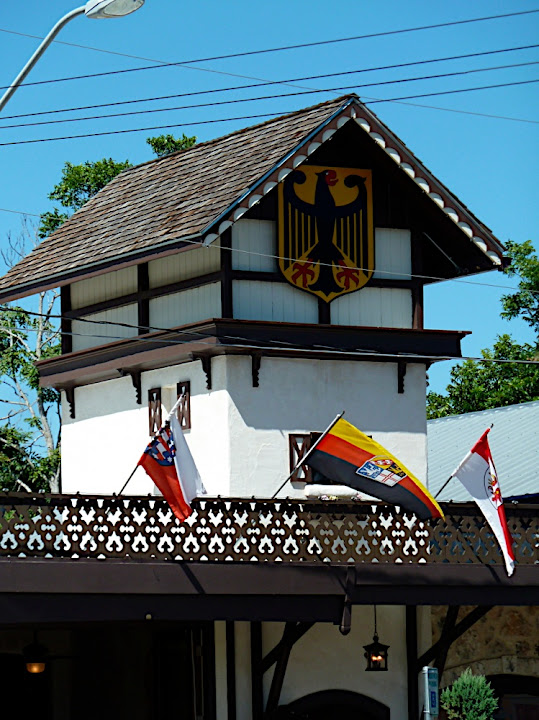germans
We expected a lot of things of Texas: cowboy boots, Stetson hats, big cities, oil rigs, huge ranches. But we didn’t expect Germans. We knew they settled in Pennsylvania. But it looks like they got here as well. Texas is a big state - bigger than any European country unless you count Turkey or Russia. We did of course expect Spanish. They came here first via colonies in Mexico. Later Americans started arriving through freshly purchased Louisiana. After a brief stint as an independent republic, Texas joined the Union in 1845, only to secede and join CSA 15 years later. After Civil War a new wave of immigrants from Europe started arriving and Germans were among them.
The United States - country of immigrants - have always had love and hate relationship with immigration. Seems like every new wave is an unwelcome remainder of the past to people already living here. And Germans have had more problems than others. During the First World War the wave off anti-German sentiment was one of the contributing factors to introducing dry laws and prohibition. As if Anglos did not drink beer. And during War World II Texas was home to 3 out of about 20 internment camps that <a href="“https://en.wikipedia.org/wiki/German_American_internment”>detained citizens of German descent (which shows how freedom in the land of the free can be rather lacking at times).
We do not look for ethnic diversity in Texas Hill Country. But as soon as we leave the highway behind we stumble upon Kreische Brewery State Park. We immediately think of German beer, although state involvement is a bit unexpected. It turns out the brewery, while built by a German immigrant, is defunct since 1884 put out of business by the death of the owner coinciding with ability to ship Anheuser-Busch beer long distance. Squeeze of small shops by mass production started earlier then I thought.
We pass through several towns settled by Germans. Some, like Gruene, claim to resist change - gently as they put it in a leaflet. If that’s the case then, unbeknownst to me, antiquing was a traditional German occupation. Every other store here sells them.Fredericksburg is unapologetic about capitalizing on American desire of ethnic experience. Main street is called Haupstrasse and German epithet is attached to anything from jewelry to food. Business owners count on the ignorance of the general public serving authentic German food: pasta with crab meat. There is abundance of German flags and even a coat of arms. We opt for Rather Sweet Bakery secluded from the street noise and try a German traditional pastry: peach kolache. Which is in fact Czech yeast dough with filling in the middle - excellent by the way - but I guess it’s Czechs’ own fault for settling among Germans. And there are no Czechs flags here. Although if you squint Texan flag looks exactly like Czech.
Among all those German settlements sits Bandera, pop. 957 calling itself the cowboy capital of the world. Cowboys probably don’t know this but the town turns out to be established in 1855 by Polish families. We stop by the cemetery. Looking at gravestones I recognize Polish names: Pyka, Kalka (Kałka?), Adamietz (Adamiec?), Mazurek, Jureczki (Jureczko?), Dugosh (Długosz?). One can see in the spelling of last names and American first names the pressure to assimilate and leave one’s roots behind. The commemorative stone next to the St. Stanislaus church lists settlers’ names that look Polish, Czech, German. Not surprising since according to Bandera County Courier the immigrants came from Upper Silesia.
Despite all these, real and recreated as weekend attractions, German, Czech and Polish influences this is unmistakably part of the United States. Quite prosperous and beautiful as various parts go but decidedly American. Attempts at marketing its Central European flair are still more amusing than annoying. Let’s just hope it won’t end up as in Cajun Country where French street names and desolate antique shops are all that remains when bored tourists go back home.

